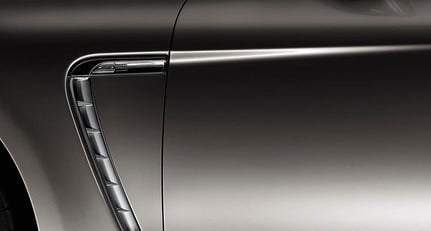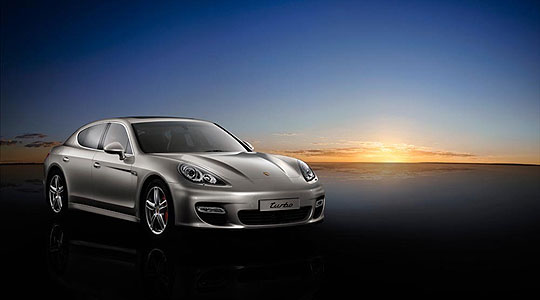
Chris Hrabalek looks at the new four-door four-seater from Porsche...
Porsche’s new four-door Panamera has a similar role to that of the Boxster and Cayenne. It needs to generate sales, despite the current bear market, while at the same time convincing enthusiasts the world over that the marque’s fifth model is not only the right product but, also, most definitely a genuine Porsche.
Contrary to common belief, the single most difficult task of an automotive designer is not the art of flashy renderings, nor is it the skill to judge volume, stance, surfacing or design themes. It is not even the talent to recognise industry trends or future consumer tastes. The single most important skill for a successful car designer is to convince the audience that the final result, as presented, is the best of the many, many possible solutions to a problem.
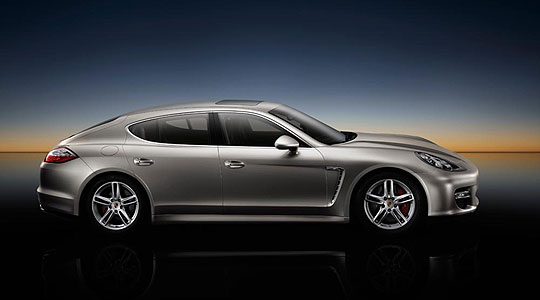
Few brands have such a loyal following as Porsche. But it’s a following made up of both owners and enthusiasts who are constantly sharpening their pencils for the critical ‘letter to the editor’, should their beloved brand divert too far from its core positioning.
A number of automotive connoisseurs will recall a time, not too long ago, when a certain Porsche 928 model was suggested as the replacement for the holy grail of Zuffenhausen: the Porsche 911. Despite styling which was both ultra-progressive yet timeless – due to a non-automotive, and more product-design approach – all hell broke loose. Porsche owners like what they are used to: German rationale, evolved styling and the ignition on the left.
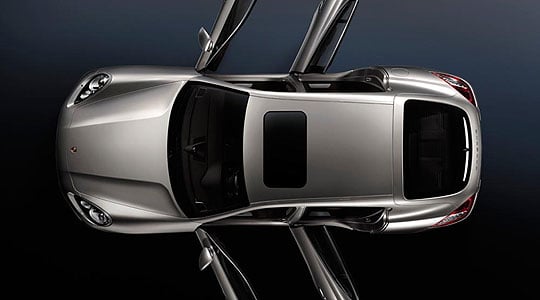
Unlike the four-door concepts from both Aston Martin and Lamborghini, the Porsche Panamera seems to be positioned as a genuine alternative to a Maserati Quattroporte or Mercedes CLS, both in image as well as day-to-day driveability. This creates the necessity for a less radical technical package: one which brings increased challenges for Porsche’s in-house stylists.
In 2004, the German designer Michael Mauer (designer of the Mercedes SLK and Saab 9-X) replaced Dutchman Harm Laagay as Porsche’s Director of Design. The Panamera was a once-in-a-lifetime opportunity, as it doesn’t happen often that Zuffenhausen’s finest gives its design team the opportunity to move away from derivative body kits and model facelifts and instead focus on an entirely new model for the current line-up.
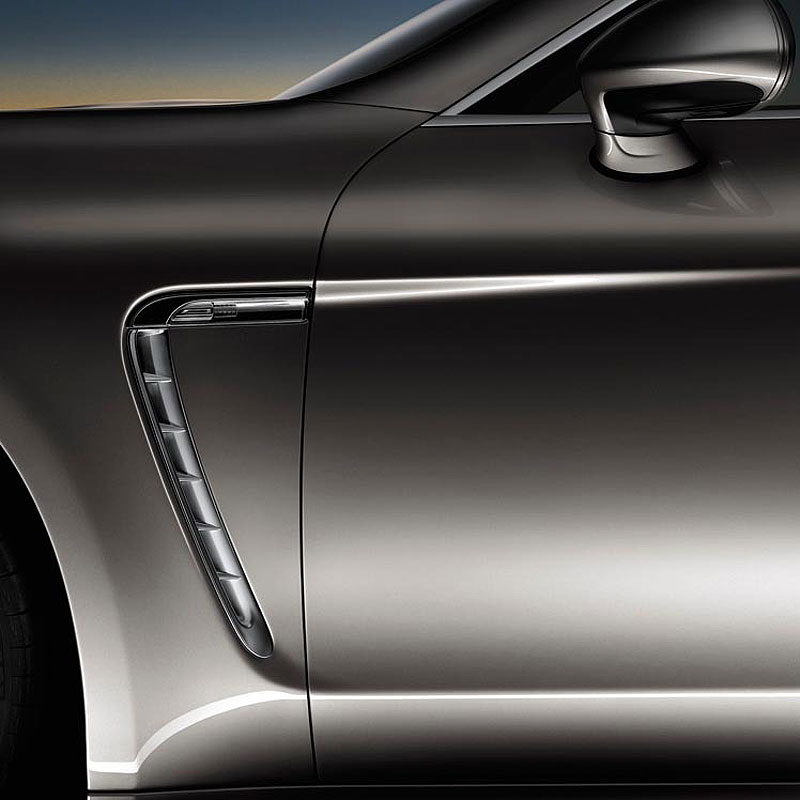
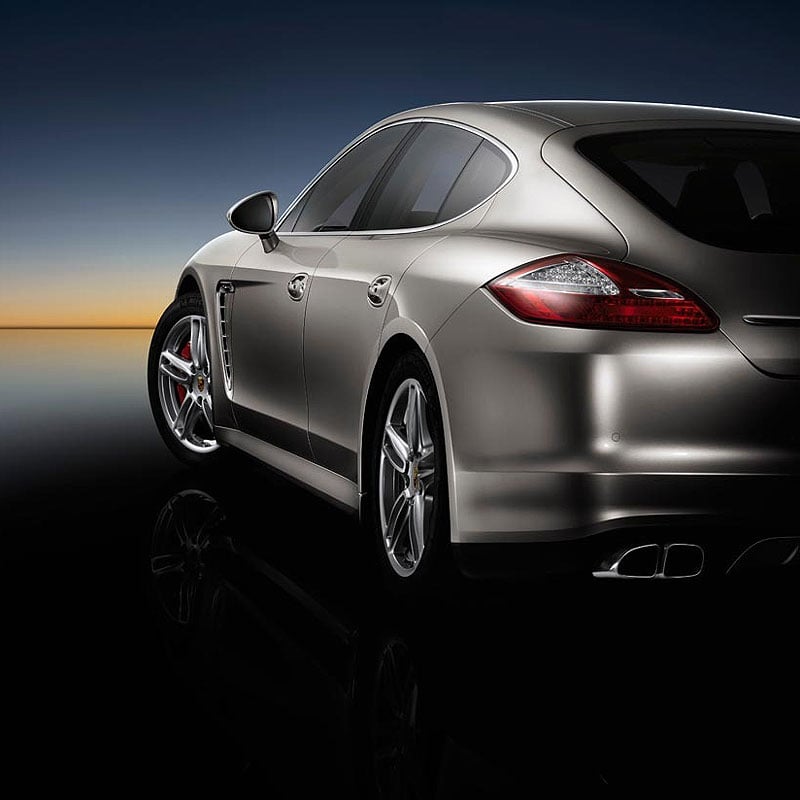
Although one could hardly call the styling of the new Panamera revolutionary, neither can one accuse it of having anything but pure Porsche DNA. While it’s certain that numerous sofa-referees will judge the styling as too conservative and unimaginative, it is far removed from the Aston Martin DB9 LWB (aka Aston Martin Rapide). Also, while the Panamera shares common parts with its siblings, none are too obvious. Visually, it is a far more distinct model than, say, the products of the Porsche 996/Boxster era.
The styling is executed in a clean, logical and Germanic fashion following all the design rules taught at Pforzheim Design School for decades. It leaves us in no doubt that, were the front badge to be removed, this car would still be readily identified as a true Porsche. It’s true that, unlike the Porsche 928, it does not take a stylistic risk… yet it’s also a clear step on from a certain four-door Porsche prototype with the name of 989; the latter having fallen victim in the early 1990s to CEO Wendelin Wiedeking’s aggressive reorganisation.
Although we should reserve final judgement until the day the Panamera can be seen on the roads – in context with other cars around it – one can be quite certain that this car is an important milestone for this once near-bankrupt, one-model-only manufacturer, in cracking the magic 100,000 units per annum barrier. And it will surely generate a healthy revenue for Porsche. Job done.
Text: Chris Hrabalek
Photos: Porsche
ClassicInside - The Classic Driver Newsletter
Free Subscription!
